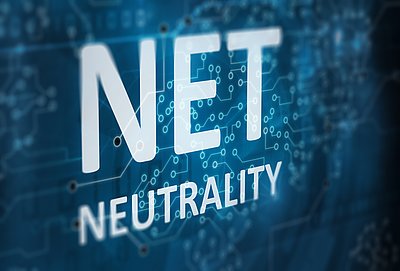WIK-Consult and ICF have reviewed the implementation of the Open Internet provisions of Regulation (EU) 2015/212 (OIR) to assist the European Commission in preparing the report to the European Council and the European Parliament required by Article 9 of the Regulation.
The main objectives of the OIR are to "ensure open Internet access" and to "ensure fair and non-discriminatory treatment of traffic in the provision of Internet access services and related end-user rights".
Since the last implementation report on the OIR in 2019, there have been a number of important developments: there have been rulings by the European Court of Justice on zero rating, tethering and roaming, BEREC issued revised guidelines in June 2022, and the European Electronic Communications Code has entered into force. In addition, there have been other changes such as the pandemic, the war in Ukraine and the rollout of 5G mobile networks. This report provides an analysis of how the OIR has responded to these developments.
The analysis is based on feedback and evidence gathered through an online survey, a stakeholder workshop, interviews and a review of BEREC and NRA reports.
We conclude that we have not identified any aspect of the OIR that requires immediate revision. Similarly, we have not identified any aspect of the related BEREC Guidelines that requires immediate revision. However, there are a number of areas where the Guidelines could be improved, which could lead to their revision.
In particular, NRAs could be encouraged to provide greater transparency on the interpretation of the network termination point and clarity on how broadband speed concepts should be interpreted and measured. Consistent 'outcome' metrics could also usefully be included in NRAs' annual reports on the implementation of the OIR.
We have suggested that the additional clarity requested by many stakeholders on how to deal with different 5G network slicing use cases could be addressed through workshops and tutorials.
 ©
Photo Credit:
santiago silver - stock.adobe.com
©
Photo Credit:
santiago silver - stock.adobe.com
Study on the implementation of the open internet access provisions of Regulation 2015/2120
Review and analysis of Articles 3 to 6 of the Open Internet Regulation (OIR) on ensuring open Internet access and fair and non-discriminatory treatment of traffic in the provision of Internet access services and related end-user rights.


![[Translate to English:] Dr Lukas Wiewiorra](/fileadmin/_processed_/b/2/csm_Lukas-Wiewiorra_03_a9d4cc2fe5.jpg)
![[Translate to English:] Ilsa Godlovitch](/fileadmin/_processed_/2/5/csm_Bild1_a31cf2b2f5.jpg)